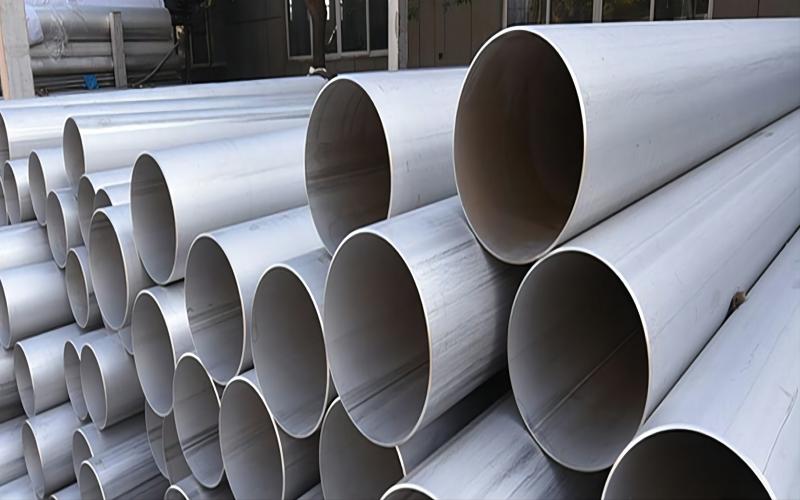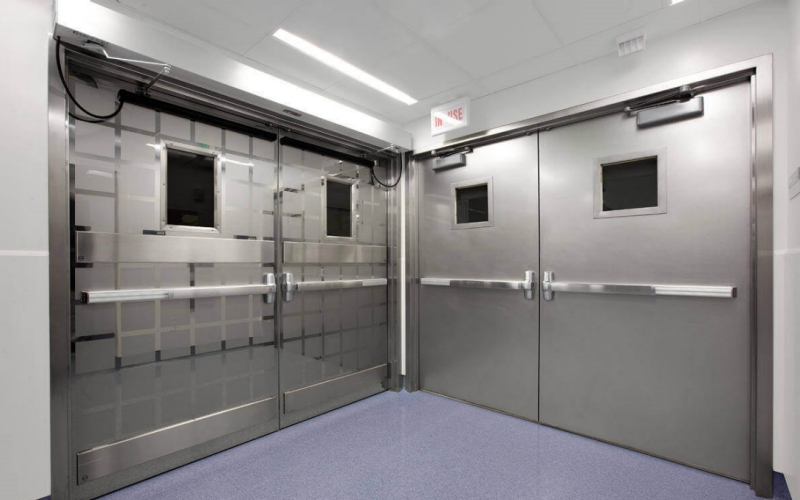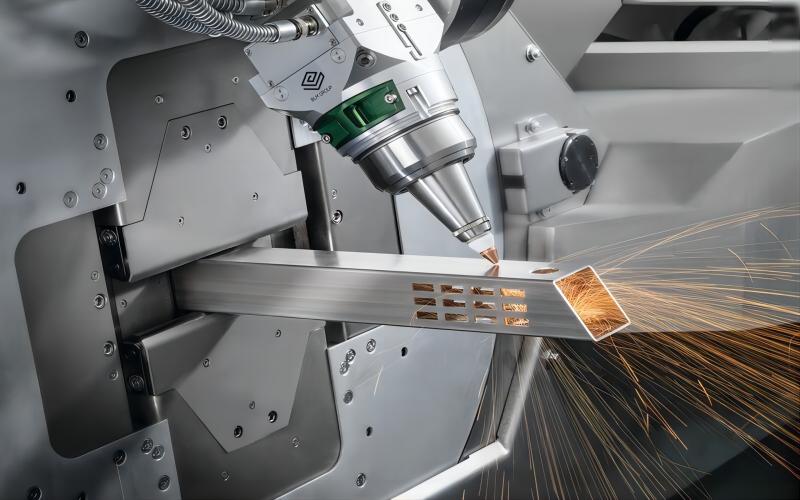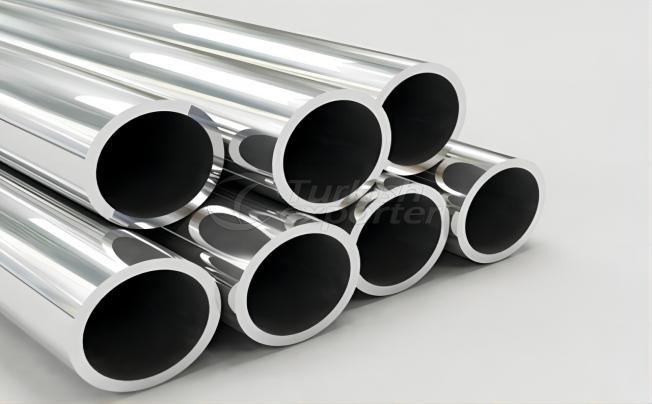What Stainless Steel Pipe Is
First of all, briefly introduce what stainless steel pipe is. Stainless steel pipe is a hollow, long, round piece of steel that is widely utilized in petroleum, chemical, medical, food, light industrial, and other areas. It has a variety of uses in the national economy and is a significant product in the steel industry. The two most popular materials used to make these pipes are 201 and 304.

Why Should We Choose Stainless Steel Pipes?
Consumers should think about stainless steel pipes whether they have commercial or domestic purposes. They are not only very long-lasting and resistant to corrosion, but they also require less maintenance than other kinds of pipes. Stainless steel tubes are unrivaled in their durability and capacity to withstand high temperatures and challenging environmental conditions. They are also quite adaptable and may be utilized in many different industries, including food and beverage processing and construction. Therefore, stainless steel pipes are an excellent option for customers who want pipes that will endure the test of time, be simple to maintain and function flawlessly with other equipment.

Specification and Characteristics of Stainless Steel Pipes
Standard: Among the often-used specifications are ASTM A312, A213, A269, and A789. The dimensions, tolerances, and material characteristics of the seamless stainless steel pipe are all specified in these standards. The most frequently mentioned standard is ASTM A312, which describes austenitic stainless steel tubing that is seamless, welded, and heavily cold-worked and intended for use in high-temperature and generally corrosive environments.
Characteristics: First, the more affordable and useful the wall thickness, the thicker the wall thickness, and the more expensive the processing, the smaller the wall thickness. Second, the inner and outer surfaces of the tube have pockmarks and black spots that are difficult to remove, the brightness of the inner and outer surfaces is low, and the cost of sizing is high. Third, the wall thickness is irregular.

How To Make Stainless Steel Pipes
The manufacturing process for stainless steel pipe is somewhat cumbersome. Although it may vary depending on the specific method used, the general process typically consists of six stages: material selection, forming, welding, heat treatment, finishing, finished product inspection, packaging, and transportation. I’ll go through each of them below.
1. Preparation of raw materials: Coils or sheets of stainless steel are commonly used to make pipes. After being checked for quality, the raw material is cut to the proper sizes.
2. Forming: Stainless steel pipes can be formed using a variety of techniques, such as seamless and welded procedures.
3. Heat treatment: To improve its mechanical qualities and eliminate any stress or distortion brought on by the forming process, the stainless steel pipe may be subjected to heat treatment procedures such as annealing or quenching after forming.
4. Finishing: To acquire the appropriate surface polish, the stainless steel pipe goes through a number of finishing procedures. Processes like pickling, passivation, polishing, or coating fall under this category.
5. Examination and testing: To assure their quality and conformity with industry requirements, the manufactured stainless steel pipes go through thorough examination and testing. Tests for dimensional correctness, mechanical characteristics, and corrosion resistance are among them.
6. Packaging and delivery: The stainless steel pipes are carefully packaged and ready for shipping or delivery to the customers once they have passed the quality inspections.
Two processing methods are described below.
Process of seamless: A solid stainless steel billet is heated and punctured to make a hollow tube in the seamless process. To obtain the correct dimensions, the tube is next lengthened and shaped using a series of rotating tools or rollers.
Process of welding: In the welding process, stainless steel plates or strips are bent into a circle and joined together at the seam. This can be accomplished using a variety of welding techniques, including laser welding and TIG (Tungsten Inert Gas) welding.
It’s vital to remember that the specifics of the production procedure can change depending on the type of stainless steel pipe, the use for which it is intended, and the manufacturing facility.



